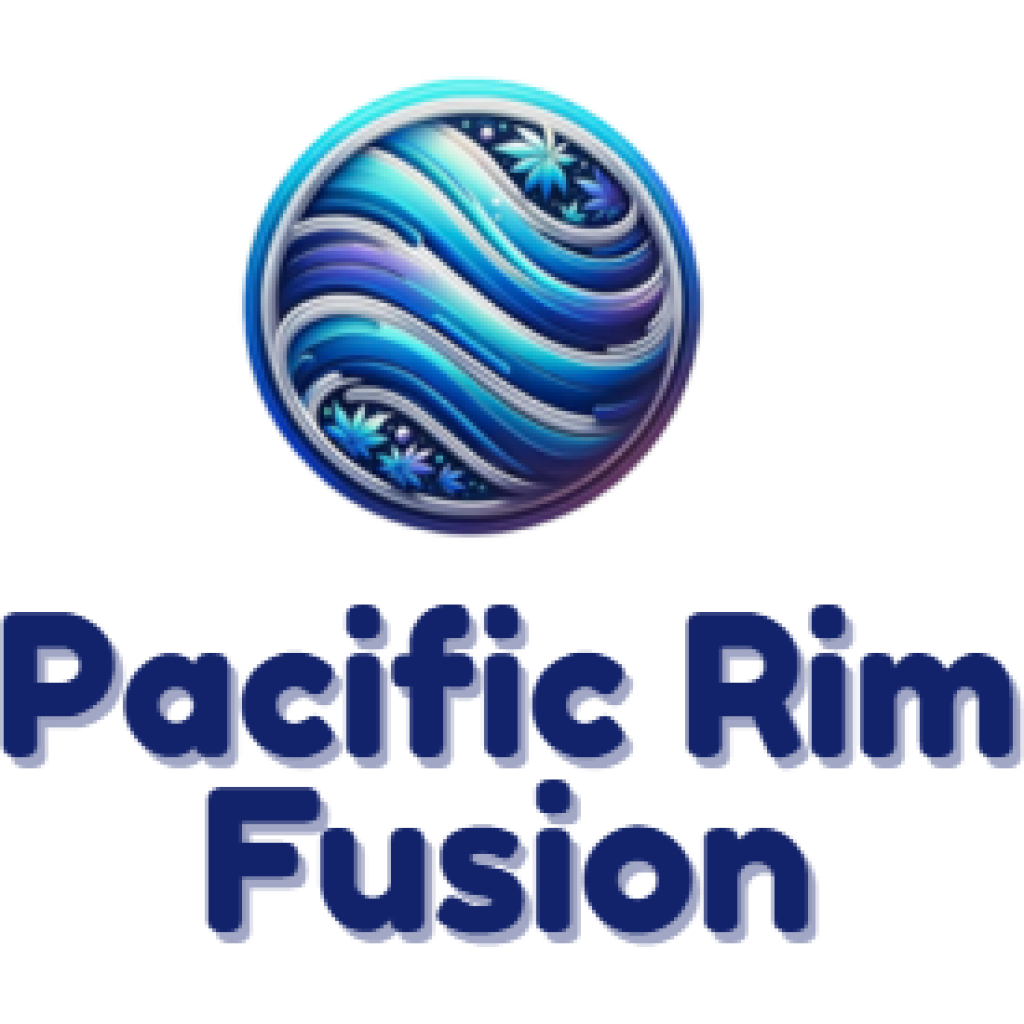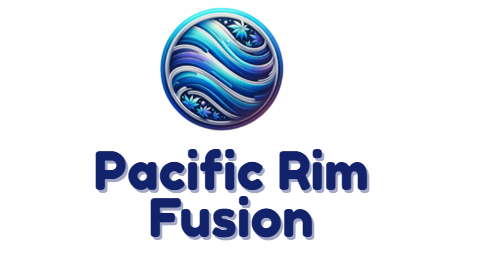I’m in a friend’s garage, hunched over a glass rig that looks like it belongs in a science lab. There’s a blowtorch in one hand and a tiny dab tool in the other. The torch roars as it heats a nail to red-hot, and I drop a dollop of amber-colored concentrate onto it. A plume of vapor erupts – I inhale, nearly coughing up a lung as a wave of intense euphoria hits. Welcome to my baptism by dab, back in the early 2010s. Back then, dabbing felt like the Wild West of weed: part ritual, part mad science, and fully intense. Fast forward to today – I’m at a sleek cannabis lounge where a staff member sets up a high-tech e-rig (no torch needed) and expounds on the flavor of a live resin dab like a sommelier. The dabbing community has come a long way from those garage beginnings, evolving into a full-fledged subculture with its own tools, terminology, and traditions.
From Fringe to Mainstream – One Dab at a Time
In the early days, dabbing had a bit of a stigma even among cannabis enthusiasts. The need for butane torches and intricate rigs gave it an image of being “druggy” or dangerous – as if one step removed from something harder. “That looks like you’re freebasing or something,” I remember an old-school joint smoker saying with a horrified look. And to be fair, the early dab setups were clunky and intimidating. But as concentrates like wax, shatter, and crumble started appearing around 2010, a subset of adventurous smokers embraced the incredible potency and clean flavor these extracts offered. Why smoke an entire joint when a grain-of-rice-sized dab could send you to the moon?
Over the past decade, what was once a fringe practice has pushed its way into the cannabis mainstream. The turning point came with innovation in simpler, more user-friendly devices. Out went the scary torches (for the casual consumer, at least) and in came electronic nails and portable vape pens designed for concentrates. Companies like Puffco and Dr. Dabber created sleek e-rigs and pens that made dabbing as easy as pushing a button. Cannabis retailers noticed a shift: concentrates were no longer just for the hardcore “stoner” crowd. By educating consumers and offering approachable hardware, dispensaries saw concentrate sales climb steadily. Nationally in the U.S., legal market concentrate sales jumped from about $1.9 billion in 2020 to $2.4 billion in 2022, and they’re projected to reach $3.2 billion by 2024. That’s serious growth for products that once sat in the shadow of good old flower.
7/10 – A New High Holiday
Nothing illustrates the rise of the dabbing community better than the emergence of its very own holiday: July 10th, aka “710 Day.” Why 7/10? Flip the number upside down and you get “OIL,” the colloquial term for cannabis extracts. Think of it as the concentrate connoisseur’s answer to 4/20. What started as a niche internet joke in the early 2010s transformed into an annual celebration of all things dabbable. On July 10th, dedicated dabbers gather at events or in their living rooms to showcase the latest shatters, live resins, rosins, and diamonds. Social media floods with gleaming photos of dabs and elaborate rig setups. And of course, dispensaries seize the occasion to offer discounts on concentrates, fueling the festive spirit.
I attended a 7/10 event last year in Southern California that felt like a craft beer festival, but for extracts. There were booths offering free low-temp dab tastings to highlight terpy flavors, competitions for the biggest dab hits, and a palpable sense of concentrate camaraderie in the air. It struck me that the dabbing community, once perceived as a reckless bunch of thrill-seekers, had matured into an organized, almost geeky culture of aficionados. These dab devotees geek out about extraction methods and terpene profiles with the same enthusiasm wine connoisseurs have for terroir.
Potency, Flavor, and Culture
So what’s the big draw? In a word: potency. Cannabis extracts can contain anywhere from 60% to 90%+ THC, making them significantly stronger than even the most powerful buds. For experienced consumers chasing a more intense high or patients needing powerful relief, concentrates offer efficiency and quick effect. But it’s not just about raw power. True dab devotees are often flavor chasers. A well-made live resin or rosin captures the terpene essence of the cannabis plant in ways a burnt joint never can. Taking a dab can be a connoisseur’s experience – akin to sipping a fine single malt – where you savor the unique citrusy zing of a Lemon Haze extract or the piney bite of a Gorilla Glue live rosin.
The rise of the dabbing community has also spurred a mini-industry of its own. Niche companies churn out all manner of specialized accessories to optimize the experience. There are even dab influencers on social media, racking up views as they showcase massive dabs and cutting-edge concentrates.
Culturally, dabbing has carved out a space within the broader cannabis world that still carries a bit of that outlaw edge – a descendant of the counterculture – but also a forward-thinking vibe that embraces technology and innovation. It’s an embodiment of how far cannabis has come: from clandestine joints passed in college dorms to high-tech vaporizers and celebrated concentrate competitions. The dabbing community’s rise is a testament to cannabis enthusiasts’ endless capacity to reinvent how we enjoy the plant.
As I exhale a smooth cloud from the latest gadget – tasting like sweet mango and leaving me astounded at how clear-headed yet elevated I feel – I can’t help but grin. What was once a wild garage experiment has become a refined ritual enjoyed by many. The gonzo spirit of those early dab pioneers lives on, but now it’s tempered with knowledge, community, and a whole lot more style. In the ever-evolving landscape of cannabis culture, the dabbers have earned their place under the sun (or perhaps more fittingly, under the glow of an e-nail).



